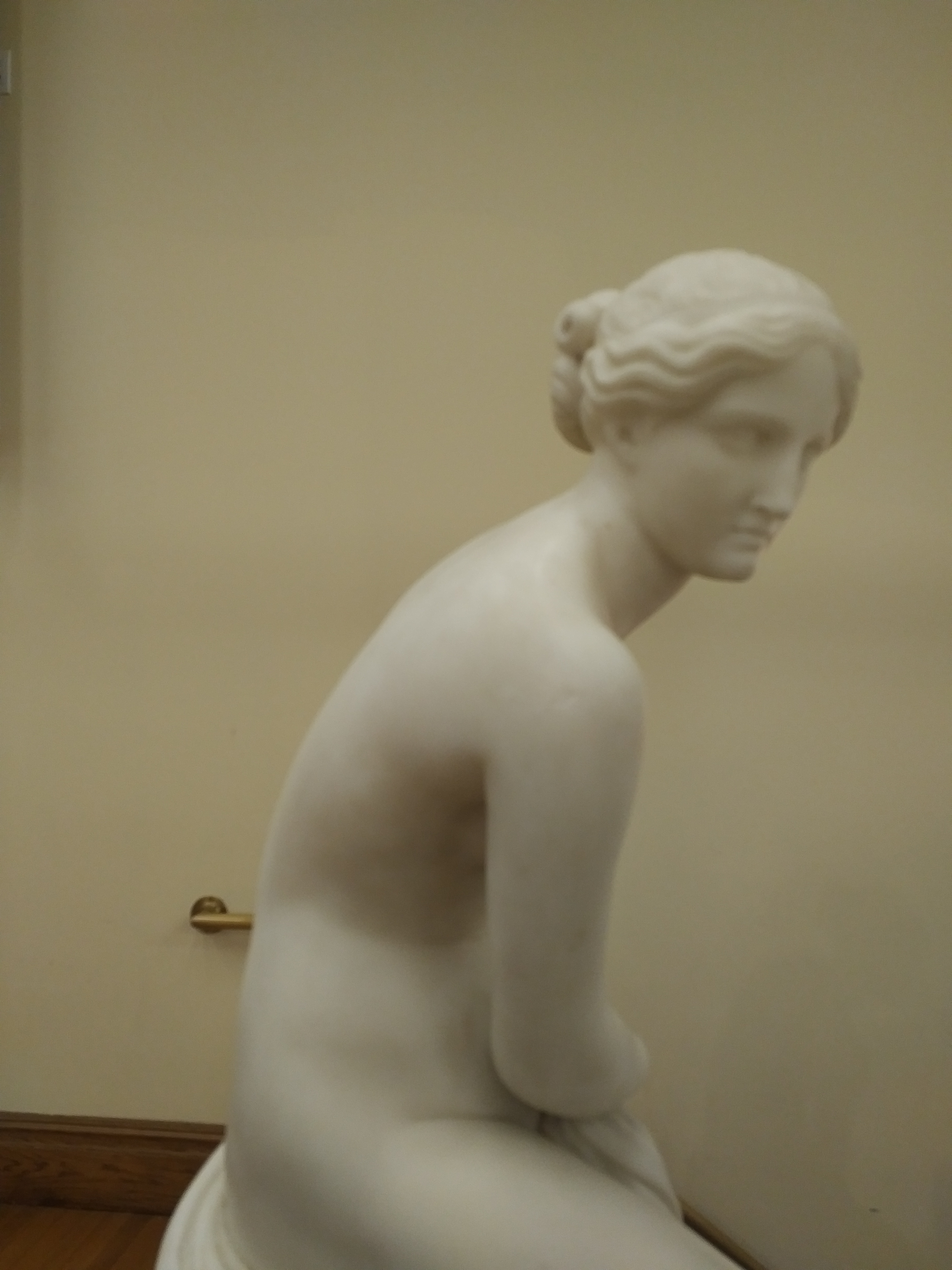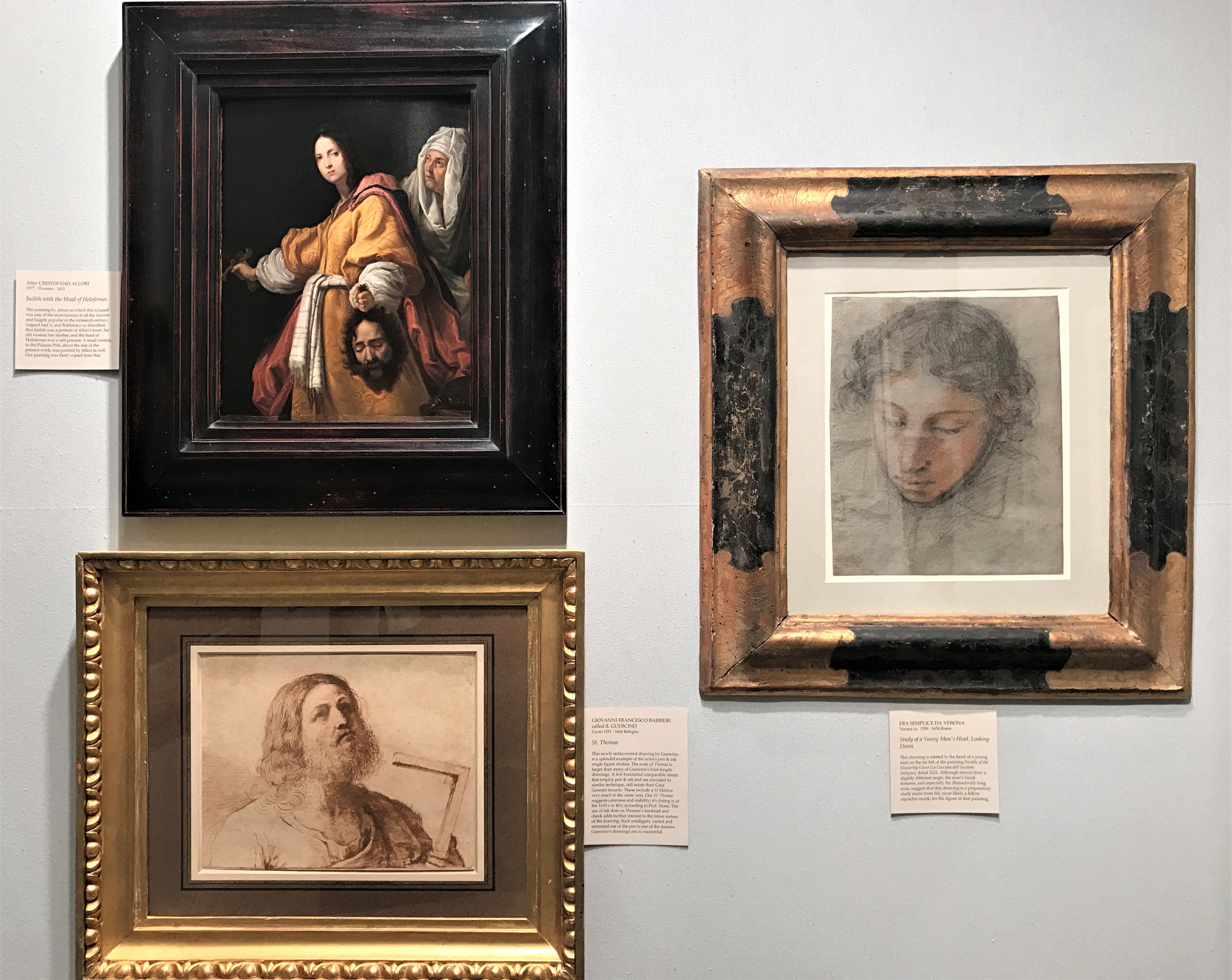The Antique Market’s Quiet Renaissance: Finds from the 1st AADLA Fair
In an era beset by technology, where the internet and so-called millennials reign supreme, it can feel like there is no place for antiques. Certainly, the joy of discovery as an in-person experience seems a far cry from the social media networks of young (and increasingly, older) populations, and the world of ‘new new new’ may be drowning out the beloved objects of old. But in this dichotomy, the world of antiques, antiquarian booksellers, and antiquities from around the globe is quietly experiencing a Renaissance. Despite the sentiment that the works may be lost, in reality, there is room to grow.
Such was the climate for the first Annual AADLA Fair, organized by the Art and Antique Dealers League. Though the League has been at the forefront of many fairs over the years, with their varied members participating in showcases in North America, Europe, Asia and beyond, this was their first self-sustaining effort. Held beneath the St. Ignatius Loyola Church at 980 Park Avenue, guests descended the stairwell beneath the ornate Catholic cathedral, revealing a trove of little-known treasures.
 Above: Marble Sculpture offered by Nicolo Melissa Antiques. Previous: Kapoor Galleries Booth AADLA. Photographs courtesy Alexandra Bregman.
Above: Marble Sculpture offered by Nicolo Melissa Antiques. Previous: Kapoor Galleries Booth AADLA. Photographs courtesy Alexandra Bregman.
The expanse included a South Asian works from Kapoor Galleries and Spencer Throckmorton Fine Art, marble sculpture from Nicolo Melissa Antiques, and rare books and bookbinding services by Imperial Fine Books. Booths were expertly installed, creating a rare homey feeling with well-placed furniture, paintings, and kind services on offer.
One exceptional booth was Mia Weiner’s, a dealer who specializes predominantly in Old Master Drawings. Her outstanding attention to detail and discriminating taste allowed her to present works from 16th century Italy. Among them, a serene St. Thomas by Il Guercino (1591-1666), also called Giovanni Francesco Barbieri, a drawing of a man’s face by Fra Semplice de Verona (1589-1654), and a small copy of Judith with the Head of Holofernes after Cristofano Allori (1507-1621). Though the works tap into a macabre so familiar to the period, the scholasticism in the approach lent them a sense of whimsy and discovery, ideal for prospective collectors.
Capping off an academic sense of focus with a humorous candor, Mia Weiner said, “There’s a lot of great stuff out there. It’s just that nobody knows or cares.“
 Leonardo da Vinci (1452-1519), “Salvator Mundi,” circa 1500. Oil on walnut panel. Panel dimensions: 24 x 18 in. Photograph courtesy of Christie’s.
Leonardo da Vinci (1452-1519), “Salvator Mundi,” circa 1500. Oil on walnut panel. Panel dimensions: 24 x 18 in. Photograph courtesy of Christie’s.
Old Masters have been garnering attention in recent months, with skyrocketing values in the collections like Thomas Kaplan, and the da Vinci work, Salvatore Mundi, in Russian oligarch Dmitry Rybolovlev’s, is set to sell as a special lot in Christie’s Post-War and Contemporary Sale on November 15 in New York. Not only is the scale of these sales and showcases exciting, but it means that the awareness makes room for the more curious collectors, still searching for lesser works that speak to them.
 Robert Rienzo of Gallery Rienzo, flanked by two works by Bernard Buffet in his booth at AADLA
Robert Rienzo of Gallery Rienzo, flanked by two works by Bernard Buffet in his booth at AADLA
As a satellite fair for TEFAF New York, AADLA alludes to a changing climate in the antique dealer market, with burgeoning fairs similar to the formula of Art Basel’s Miami resurgence in the early 2000s, and Asia Week’s explosion following 2013 from 20-something to 50-something galleries. The potential for raised awareness, and subsequently sales, is enormous.
Working within this secondary market of experts, the team is characterized by openness and eagerness to share. Beyond the collection, it is this relatability that makes the AADLA team special.
What's Your Reaction?
Editor-at-Large, Cultbytes Alexandra Bregman has written for The Wall Street Journal, Architectural Digest, The Art Newspaper, and the Asian Art Newspaper among others. She began her career with internships at Christie's and Gagosian gallery 10 years ago, later traveling to India and France for work and ghostwriting for a global CEO. Bregman spent time at Université Paris IV-Sorbonne, and completed degrees at Smith College and Columbia Graduate School of Journalism. l igram |




